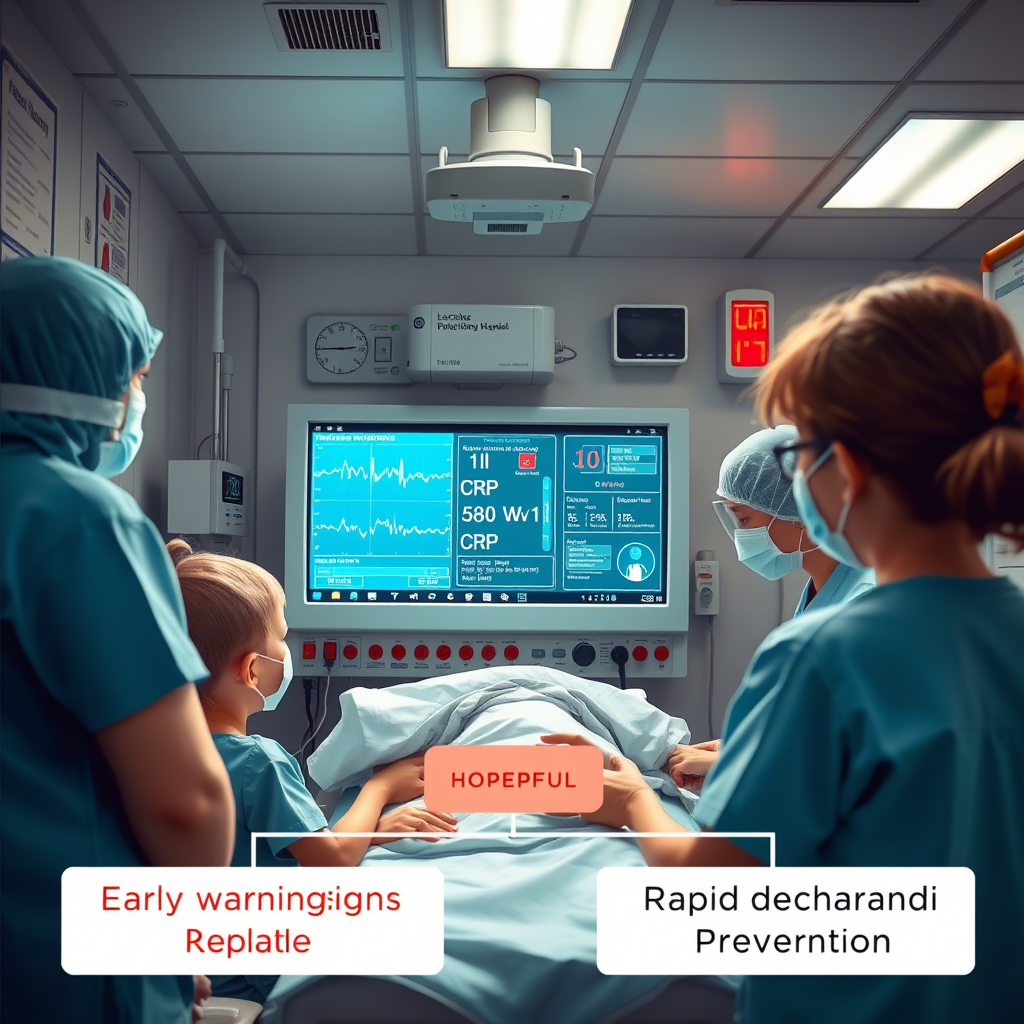Whispers Before the Crash: Early Predictors of Clinical Deterioration in Pediatric Emergency Admissions
Keywords:
Pediatric Emergency, Clinical Deterioration, Early Warning Signs, Risk Prediction, Triage ProtocolAbstract
Background:
Pediatric emergency departments (PEDs) often encounter children who appear clinically stable upon arrival, yet rapidly deteriorate within hours. Predicting these subtle warning signs remains a significant challenge for both diagnosis and operational purposes.
Objective:
To identify early clinical and laboratory predictors associated with rapid clinical deterioration within 12 hours of admission in children presenting to PEDs.
Methods:
A prospective observational study was conducted across three tertiary hospitals in Northern Italy from January 2022 to December 2023. A total of 1,038 children aged 2 months to 14 years presenting with fever, respiratory distress, or altered mental status were enrolled. Deterioration was defined as requiring ICU transfer, mechanical ventilation, or vasopressor support within 12 hours of PED admission.
Results:
Out of 1,038 patients, 124 (11.9%) met criteria for rapid deterioration. Multivariate logistic regression identified elevated lactate levels (>2.5 mmol/L), CRP levels above 80 mg/L, a heart rate above the age-specific 95th percentile, and prolonged capillary refill time (>3 seconds) as significant predictors (p < 0.001). The final predictive model showed strong discriminative ability with an AUC of 0.89 (95% CI: 0.86–0.92). Application of this model at triage would have flagged 91% of deteriorating cases with a false-positive rate of 14.6%.
Conclusion:
A constellation of early clinical signs and biomarkers—though often subtle—can serve as strong predictors of impending deterioration in pediatric emergencies. Integration of such predictors into triage protocols may provide a crucial window of opportunity to intervene before clinical collapse. Future implementation via electronic early warning systems is warranted.
Downloads





